Soon after the first Jewish settlers arrived, 14 men organized the Indianapolis Hebrew Congregation (IHC) on November 2, 1856, in the home of Julius Glaser, a merchant tailor. IHC early adhered to Reform Judaism, the most liberal of American Jewish religious movements. Throughout its existence, IHC has been a source of civic and charitable leadership and a strong promoter of interreligious understanding.
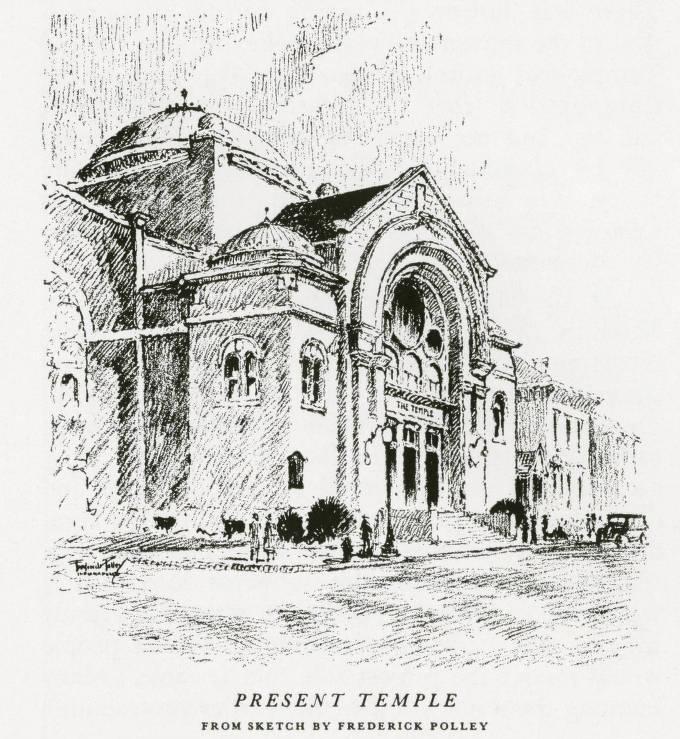
The founders immediately purchased land for a Jewish burial ground that they established on the city’s southside. During IHC’s early years the tiny congregation worshiped in rented rooms and was served by several different rabbis. On October 6, 1858, its members dedicated its first consecrated home “in the Judah’s Block,” on East Washington Street, opposite the Marion County Courthouse. In April 1865, when a storm canceled all scheduled processions in honor of recently assassinated President Lincoln, IHC members carrying their Torah joined a handful of other marchers to the State House. There they recited the Kaddish, the prayer for the dead.
In 1865-1868 IHC built its first home, the Market Street Temple, at 435 East Market Street. Rabbi Isaac Mayer Wise, leader of Reform Judaism in America performed the temple dedication ceremony in Hebrew, German, and English. IHC occupied the building until 1899 when it was sold to the Hungarian Jewish congregation. With a permanent new home, the congregation soon attracted a long-term rabbi, Mayer Messing.
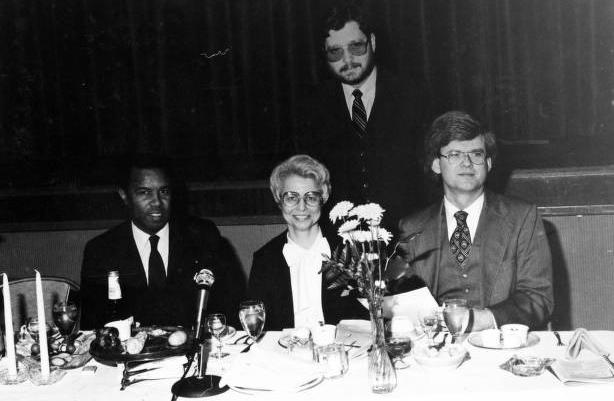
During Rabbi Mayer Messing’s 40 years at IHC (1867-1907), the growing congregation became financially and numerically stable. Messing generated early controversy when he introduced services in English, rather than the German language, widely spoken in Indianapolis at the time. He was, however, greatly appreciated in the wider community. IHC members laid the foundations for a variety of Jewish social and welfare groups in the city and state. Messing helped launch the Indianapolis Red Cross chapter and the .
In 1899 IHC built a new temple, designed by the Indianapolis firm of , at 10th and Delaware streets. Subsequently, the Hebrew Ladies Benevolent Society founded the Jewish Shelter House, the Nathan Morris Settlement House, and a children’s foster home. The Jewish Federation, founded by IHC members in 1905 (becoming the in 1948), later took over the management of these organizations.
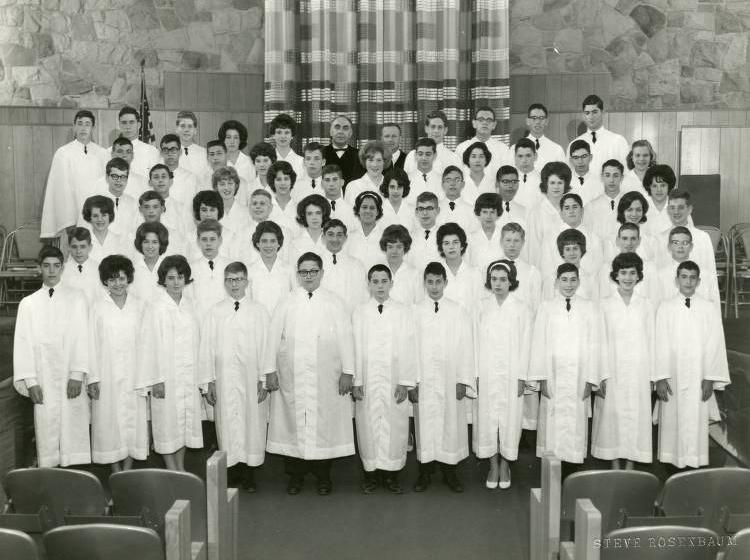
IHC hired its first associate rabbi in 1904, Rabbi , who became senior rabbi in 1907. Feuerlicht’s 40-year rabbinate (1904-1946) was marked by the observance of more traditional Jewish customs during services, and by a focus on social justice, especially education and welfare work. He became president of the Children’s Aid Society and State Board of Charities. Members organized the Temple Brotherhood and Sisterhood during World War I. Both organizations early provided aid to Jewish war victims and afterward served as the major IHC sponsors of temple and community service projects and fundraisers. During the 1920s Feuerlicht led the IHC in active protest against the .
Rabbi Maurice Goldblatt first came to IHC in 1938 and became senior rabbi in 1946. Goldblatt continued the synagogue’s intense community involvement. For example, he participated in the founding of the for children with disabilities. He continued the re-introduction of traditional observances into IHC services, and that caused perpetual conflict with many congregation members. In addition, his support for the State of Israel as a homeland for the Jewish people became controversial. Still, the congregation doubled in size during the 1950s. Although Goldblatt successfully elicited more lay involvement, he was unable to reconcile everyone to changes in the religious school curriculum, and a group of dissidents temporarily left IHC in 1953.
Rabbi Maurice Davis (1956-1967) reunited the congregation by focusing energies on a building fund drive. In 1958 IHC moved to its present modern facilities at 65th and Meridian streets. The congregation became increasingly active in youth, elderly, and civil rights issues in the Jewish and non-Jewish communities. During the 1960s, in addition to expanded IHC youth programs, IHC spearheaded the creation of a Jewish youth camp and nonprofit elderly housing. In 1961, IHC acquired land for an additional cemetery at 161st and North Meridian streets.
Under Rabbi Murray Saltzman’s leadership (1967-1977), IHC continued to integrate families and music into services. Members sustained social action and community programs such as interfaith forums and the Concord Center, an inner-city social welfare center. Saltzman participated in several civil rights marches with Reverend Martin Luther King. In 1975, President Ford appointed him to the United States Commission on Civil Rights.
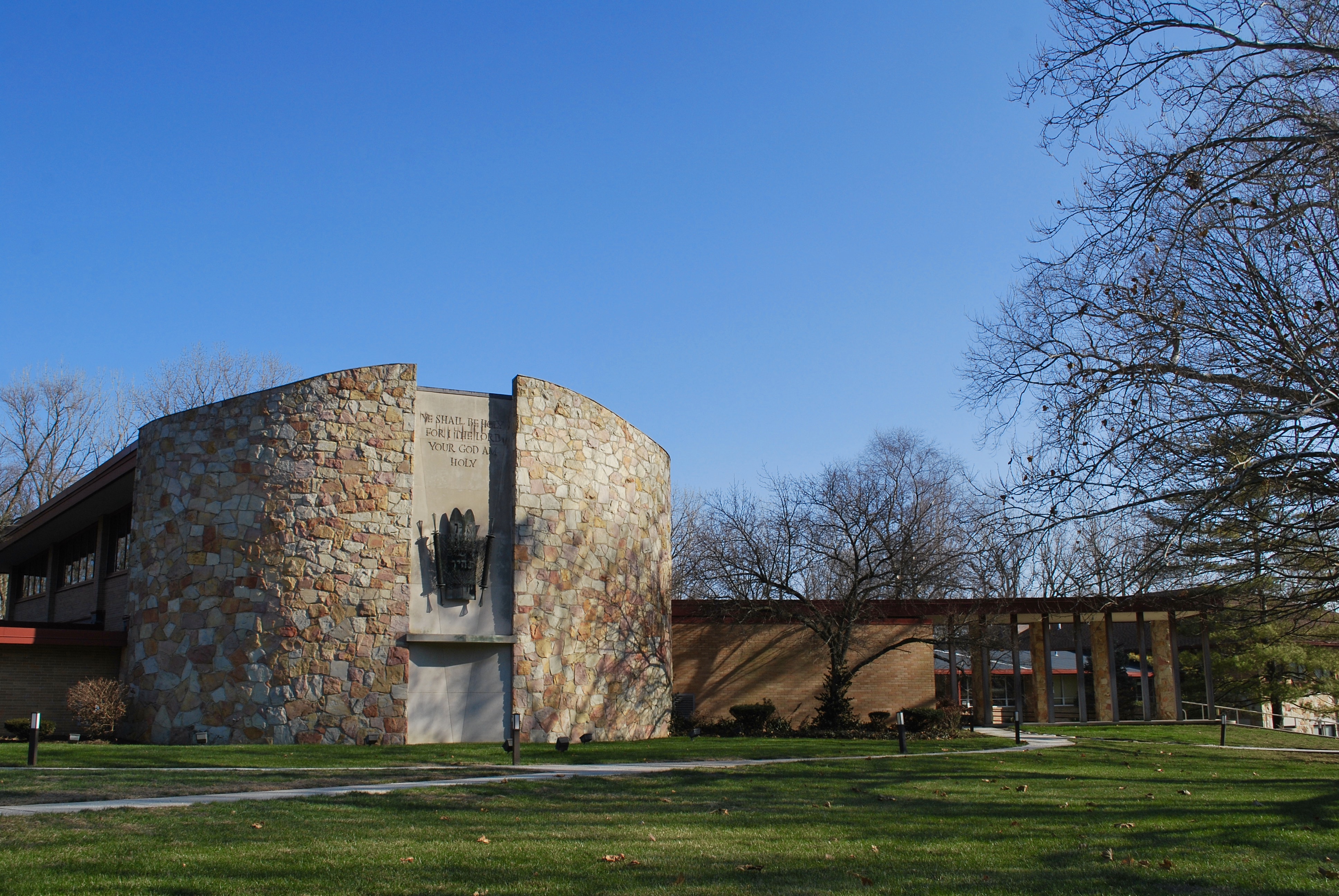
Rabbi Jonathan Stein was installed as senior rabbi of IHC in 1979. In a mission to build a more authentic Judaism, he further integrated traditional rituals into congregational life. He conducted services with more Hebrew language prayers and promoted the wearing of prayer shawls and yarmulkes (head-coverings) during services. He confirmed the synagogue’s support for the State of Israel and encouraged more women and lay participation in services and synagogue organizations. Stein instituted the IHC Rosh Hashanah retreat during the afternoon of the holiday. In 1979, Cantor Janice Lowenstein (who became Cantor Roger when she married a year later) was installed as the first female member of the IHC clergy. The Board of Directors published statements denouncing the practice of apartheid in South Africa and urged the integration of Reform Judaism in Israel, where it was not recognized as a valid form of the faith.
In 1985, an endowment donated by Edward A. Block instituted a yearly program, the , that featured accomplished speakers such as General Colin Powell.
In 1995, Rabbi Eric Bram became IHC’s eighth senior rabbi. The synagogue continued its social action programs by partnering with Second Helpings, an organization to fight hunger, also instituting a yearly “Mitzvah Day” for social action projects, and, with Congresswoman , sponsoring a conference on domestic violence.
In 2003, Rabbi Jon Adland was installed as senior rabbi. That year began a holiday food drive to benefit the , and a voter registration program to prepare for the 2004 election. By 2006, IHC had enrolled 1,100 members.
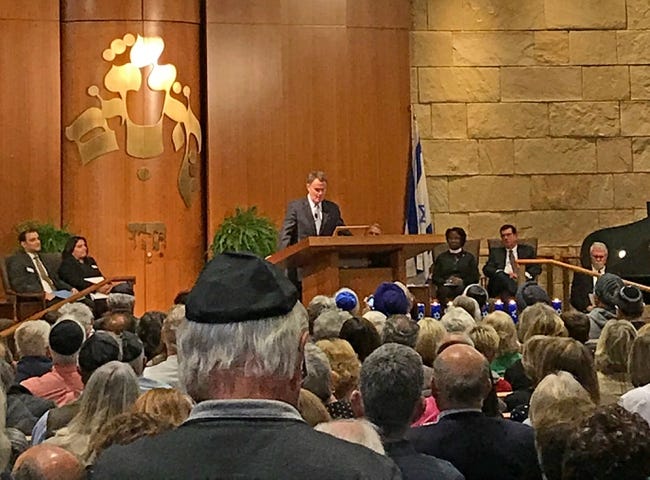
In 2010, Rabbi Brett Krichiver joined the clergy as associate rabbi, and became senior rabbi in 2011. That same year, an extensive and award-winning temple renovation was completed in 2011. The Indianapolis awarded CE Solutions the 2013 Monumental Affair Award for the firm’s addition of two structurally complex cantilevered canopies to the temple. Cantor Janice Roger received the Jewish Federation of Greater Indianapolis award for outstanding professional and community contributions. Krichiver and his wife, Tami Krichiver, began offering Nefesh Shabbat as a new form of service that emphasizes worship through joyous and soulful music.
In 2016, the IHC held a Saturday service downtown, and afterward, members marched in the city’s Pride Parade in solidarity with the LGBTQ community. Cantor Roger retired, succeeded by Cantor Aviva Marer in 2018. A new Brit Olam (covenant with our community) committee was formed in 2019 to advocate for systemic social justice issues, taking up Indiana’s low voter turnout and the high rate of evictions in Indianapolis as its first project.
The Indianapolis Hebrew Congregation remains at its N. Meridian Street address. Its mission is to be an inclusive Jewish community where all congregants matter, are inspired to action through Jewish values, and experience in a meaningful way.

Help improve this entry
Contribute information, offer corrections, suggest images.
You can also recommend new entries related to this topic.